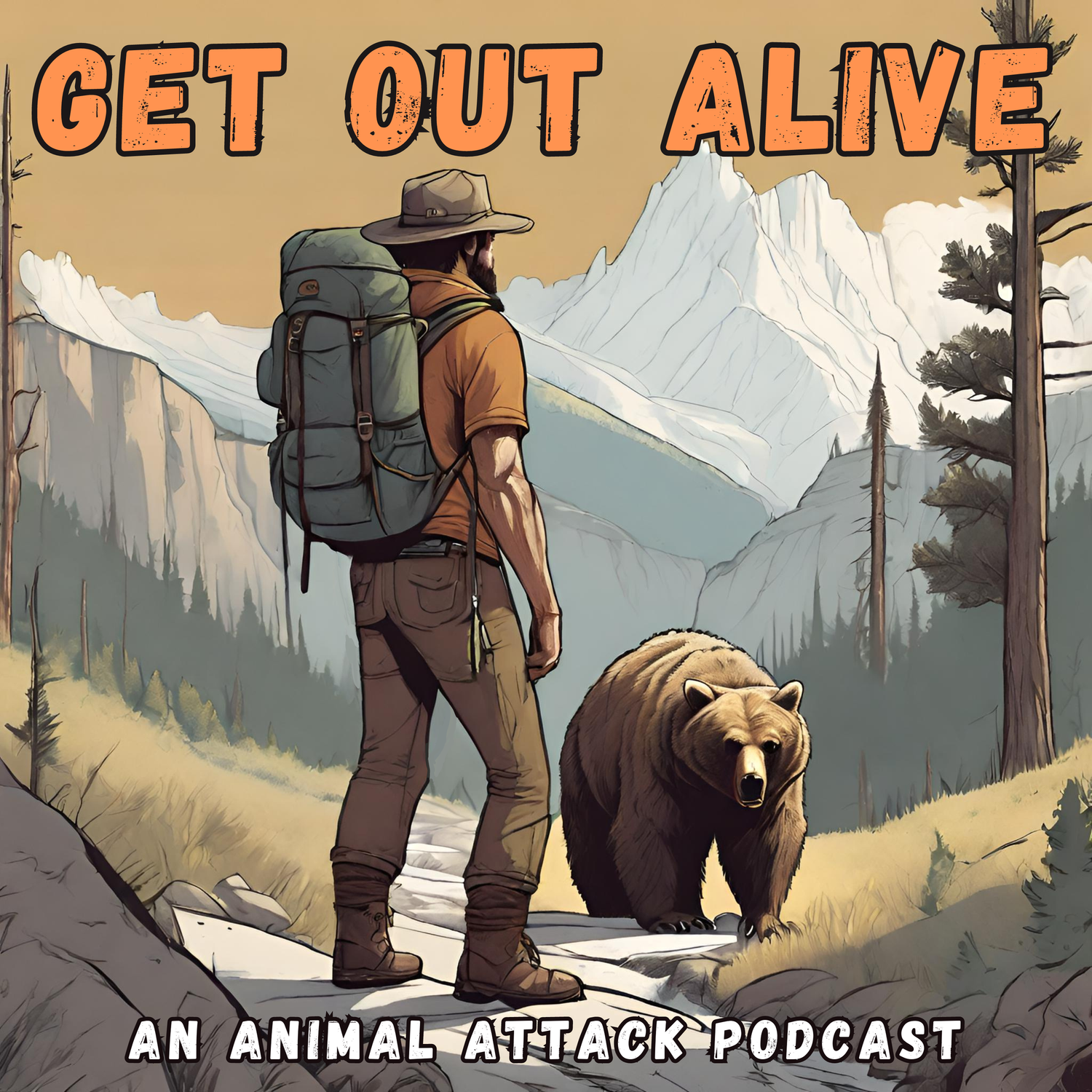Surviving Bear Encounters
Having Daryl on the podcast to speak to bear encounters was such a pleasure, and I think it provided insight we've needed on this podcast for years now to answer some of our biggest questions. In this post we'll go over some of the biggest takeaways from the episode.
Daryl hand-feeding a black bear cub.
My favorite quote from the episode: "If you have a close encounter with a bear, your response to that bear should not be based whatsoever on what species of bear it is. Rather, it should be based on the behavior of that particular animal."
We're using the term 'encounters', because of course not every run-in with a bear ends in an attack. An encounter just means that you are affecting the bear's behavior and it is affecting yours. Daryl noted there are two types of bear encounters: Defensive encounters and offensive encounters. In defensive encounters, you are in the bear's personal space and it wants to increase the distance between you, either by running away or intimidating you away. In these defensive encounters, it is best to talk softly and back away slowly, showing that you are not a threat. And then we have the more rare offensive encounters, where there is some attractant bringing the bear closer to the human(s), so instead of trying to create space between you, it is actively closing that gap. Often there is a food attractant bringing the bear closer to humans, but even more rare are the encounters where the human is the food item the bear is seeking out, and these are predatory encounters. Generally though, if a bear is approaching you for food, you need to do everything you can (while keeping your personal safety in mind) to scare that bear away; Not only are you keeping yourself safe, but you're teaching that bear that that behavior is not acceptable.
Daryl also cited some Masters research that found that after analyzing attacks on humans from black bears, the more people fought back, the more injuries they sustained. That research also noticed that having a dog present often increased the severity of encounters/attacks; Even though your dog may have great recall and be trained to sit and stay on command, it's nearly impossible to anticipate what you dog would do when face-to-face with a bear.
We also answered the question of, what's the best gear to have to prevent a bear attack? The answer: Your mind. Knowing that bear's behavior, what an agitated or scared bear looks like, will get you out of nearly all potentially dangerous bear encounters. But if you need a piece of equipment besides your smarts, bear spray is best. Unless you are a very skilled marksman, having a gun in a high-stress situation like a possible bear attack can (pun intended) backfire on you.
Overall, one of the biggest takeaways I got from this episode was: On this podcast and as scientists talking about human-wildlife conflict in general, we can tell you what is most likely to happen, but we cannot guarantee it will happen. That's why Daryl highlights being familiar with the behavior of wildlife around you, because we can say "generally, a black bear will run away from you and your dog", but there is no guarantee that the bear will run away.
Bear attacks generally though are increasing worldwide; This is likely due to the increasing population of humans, and the decreasing habitat for bears. Daryl said people often think bear, specifically black bear populations, are decreasing but that's actually false - black bear populations are generally on the rise as well as human populations. We'll get more into this in our next episode that'll be about someone who lived very close with wild black bears. And as mentioned at the end of the ep, our bonus episode for May will focus on bears as well!

